The Scottish Highlands offer a breathtaking wilderness adventure that you can confidently tackle solo with proper preparation. From misty glens to rugged peaks, this ancient landscape tells stories spanning millennia with its castles, cairns, and windswept hills.
This guide will equip you with essential knowledge to explore the Highlands safely and meaningfully on your terms. The time-tested wisdom shared here comes from experienced Highland wanderers who’ve mastered the art of solo exploration.
Season Selection
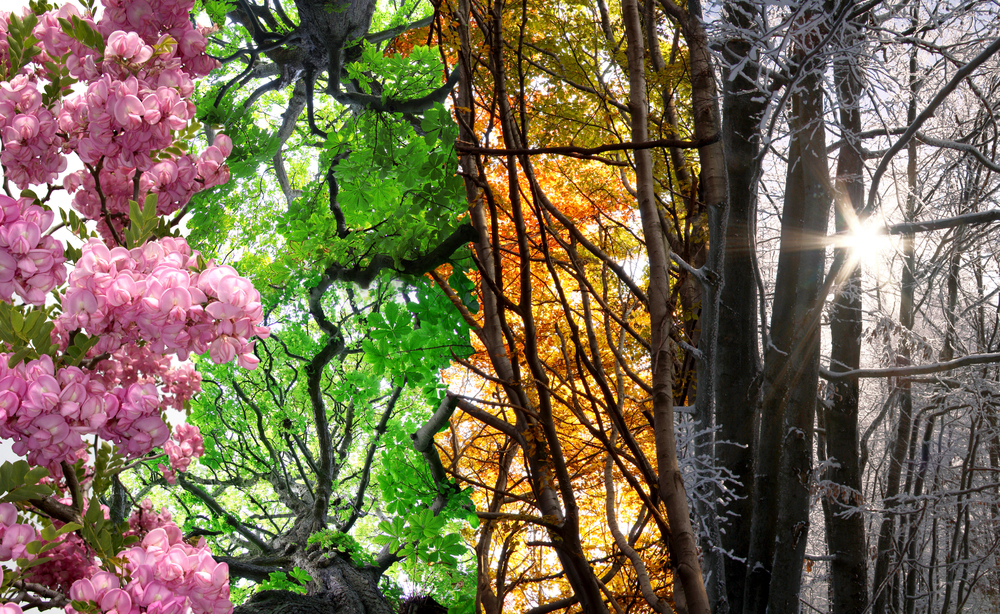
The best time to explore the Highlands is from late spring through early autumn when daylight stretches past 10 PM and weather patterns remain relatively stable. Summer brings vibrant purple heather and gentle breezes, while autumn paints the landscape in rich golds and browns.
The shoulder seasons offer fewer tourists and more authentic local experiences. Winter adventurers should stick to lower elevations and well-traveled paths, as Highland winters can be treacherously beautiful but demanding.
Weather Wisdom

Highland weather can shift dramatically within minutes, often cycling through sun, rain, and fog multiple times daily. Pack multiple lightweight layers, quality waterproof gear, and sturdy hiking boots, regardless of the forecast.
Always carry emergency warm clothing, even on seemingly clear summer days. Local shepherds often say if you can’t see the mountaintop, the weather’s about to change, and they’re usually right.
Like Travel Pug’s content? Follow us on MSN.
Navigation Necessities

Carry physical maps and digital GPS devices, as cellular service remains spotty throughout the region. Learn to read Ordnance Survey maps and always carry a reliable compass.
Remember that magnetic variations can affect readings in certain Highland areas. Developing proficiency with traditional navigation methods could save your life when electronics fail in remote glens.
Local Transport

The Highland rail network offers scenic connections between major towns, while local buses reach more remote areas. Consider purchasing a Highland Rover pass for unlimited travel, and always check the limited weekend schedules.
Book accommodation near transport hubs for maximum flexibility. The legendary Highland Railway journeys often provide better views than any hiking trail could offer.
Accommodation Planning

Book bothies (basic mountain shelters) and popular B&Bs well in advance during peak season. Always carry an emergency shelter when hiking remote areas, such as a lightweight tent or bivvy bag.
Consider mixing accommodation types to experience both wilderness and village life. The Highland Bothies Maintenance Association provides essential updates about bothy conditions and accessibility throughout the year.
Like Travel Pug’s content? Follow us on MSN.
Wildlife Awareness
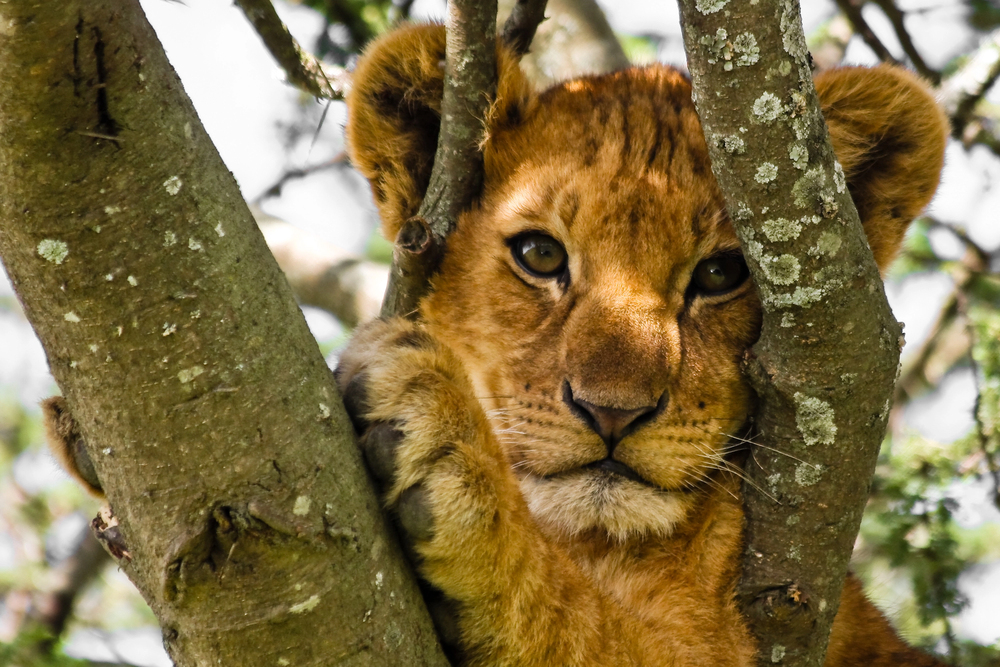
Learn to identify and respectfully observe red deer, golden eagles, and pine martens in their natural habitats. Keep a safe distance from livestock, particularly during lambing season.
Remember that Highland cows, despite their gentle appearance, require cautious observation. Dawn and dusk offer the best opportunities for wildlife viewing when many Highland creatures are most active.
Cultural Considerations

Respect the traditional right to roam while following the Scottish Outdoor Access Code. Learn basic Gaelic greetings and place name pronunciations.
Support local communities by purchasing from village shops and participating in local events when possible. Many Highland traditions survive today because visitors take time to understand and preserve local customs.
Path Selection

Start with well-marked paths like the Great Glen Way before tackling more challenging routes. Research path conditions through recent walker reports and local ranger stations.
Always inform someone of your intended route and expected return time. The Highland paths tell ancient stories through their construction and placement across the landscape.
Like Travel Pug’s content? Follow us on MSN.
Equipment Essentials
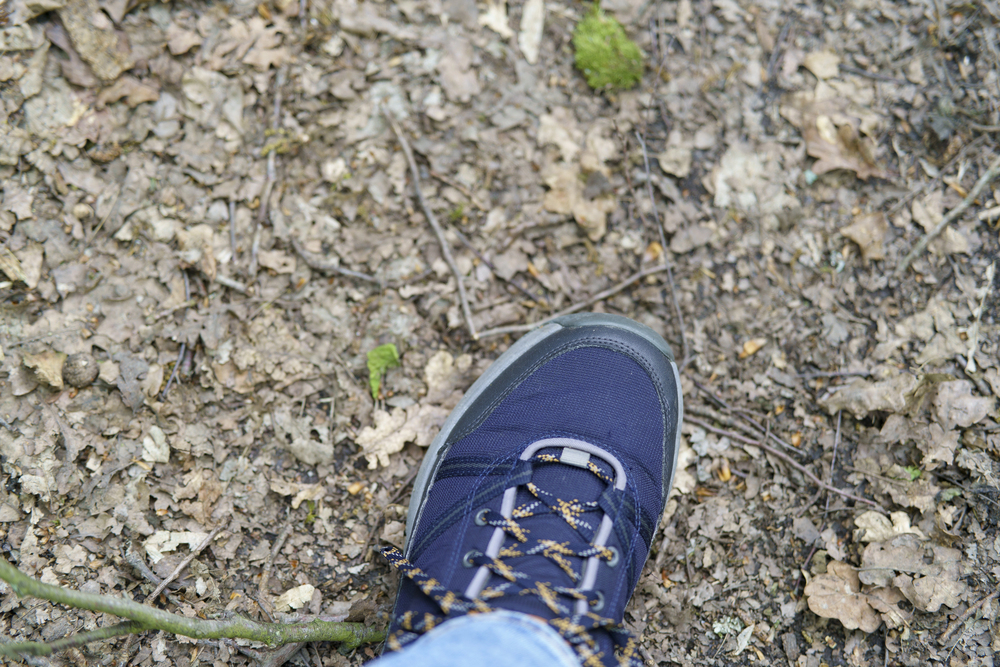
Invest in quality waterproof layers, sturdy boots, and moisture-wicking base layers. Carry a basic first aid kit, emergency shelter, and multiple fire-starting methods.
Include a headlamp with spare batteries, even for day hikes. Regular equipment checks and maintenance can prevent small issues from becoming major problems in remote areas.
Food Strategy

Carry high-energy snacks and more food than you expect to need. Learn which villages have stores and operating hours, as many close early. Consider carrying a camping stove for hot drinks, as Highland weather can quickly chill even experienced hikers.
Local oatcakes and shortbread make excellent trail food, providing cultural connection and sustained energy.
Water Management
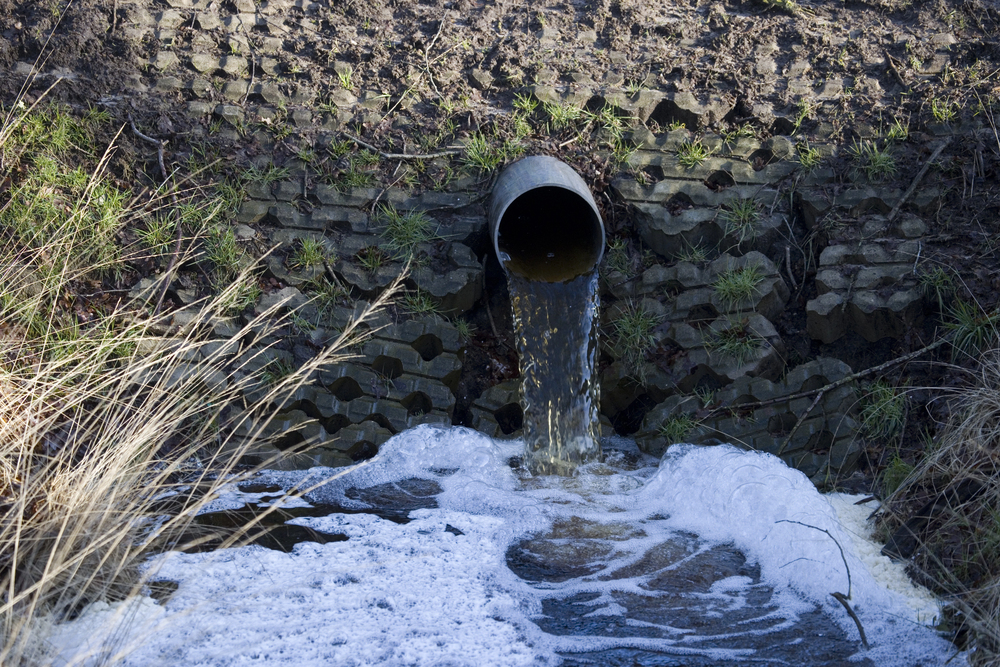
Bring water purification methods, as many streams contain agricultural runoff despite their pristine appearance. Learn to identify safe water sources and always carry at least 2 quarts.
Consider electrolyte replacement options for longer hikes. Highland springs marked on OS maps often provide reliably clean water sources used for generations.
Like Travel Pug’s content? Follow us on MSN.
Timing Tactics

Start hikes early to maximize daylight and avoid afternoon weather deterioration. Plan extra time for photo stops and unexpected weather delays.
Research sunset times, which vary dramatically throughout the year. Traditional Highland walking songs can help maintain a steady pace while connecting you to centuries of walking culture.
Emergency Preparedness

Save local mountain rescue numbers and learn basic emergency protocols. Carry a whistle and know the international distress signal.
Understanding basic first aid and hypothermia prevention proves essential in remote areas. The Mountain Rescue teams’ experience shows that most emergencies can be prevented through proper preparation and realistic self-assessment.
Photography Tips
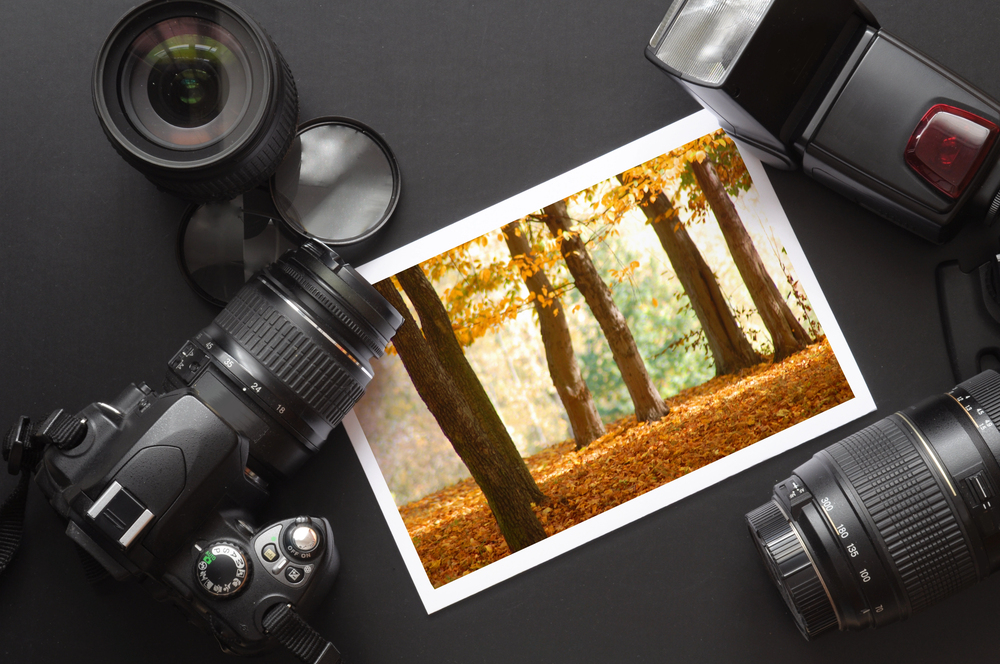
Protect camera gear with waterproof covers and carry spare batteries. Highland weather creates dramatic landscapes, so learn to photograph in varying light conditions.
Consider carrying a lightweight tripod for low-light situations. The ever-changing Highland light creates unique opportunities to capture the soul of the landscape.
Like Travel Pug’s content? Follow us on MSN.
Camping Craft
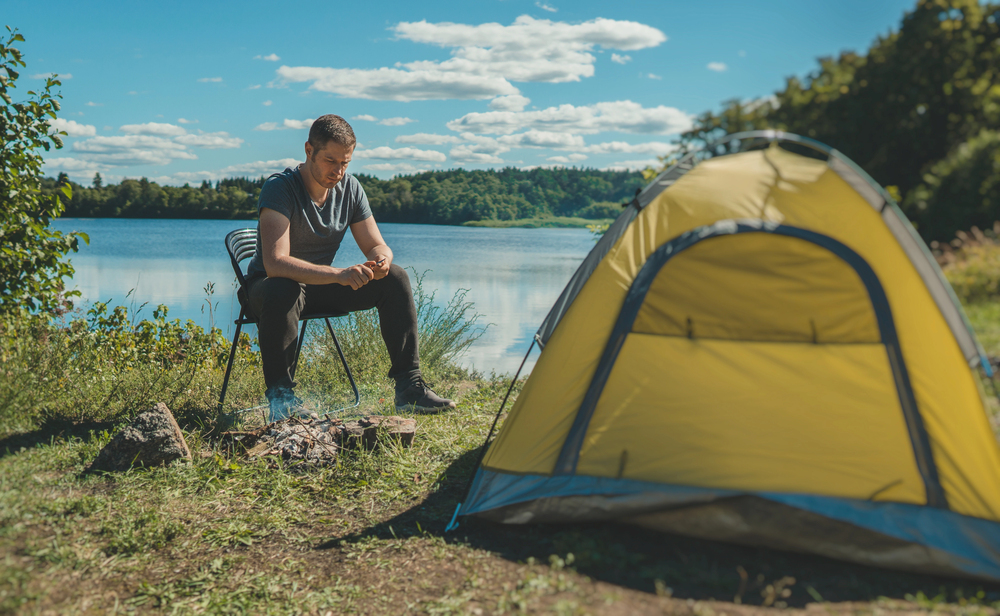
Choose camping spots on durable surfaces at least 150 feet from water sources. Practice ‘leave no trace’ principles and carry out all waste.
Learn to secure tents properly against strong Highland winds. Ancient camping spots, marked by convenient flat areas and nearby water sources, often provide the best overnight locations.
Solo Safety

Before attempting remote areas alone, develop confidence in navigation and decision-making. Trust your instincts about weather conditions and path choices.
Maintain regular check-ins with accommodation providers or fellow travelers. Solo hiking in the Highlands offers unparalleled opportunities for personal growth and connection with the landscape.
Historical Insight

Research clan histories and battlefield locations before visiting historic sites. Learn to identify common archaeological features like standing stones and burial cairns. Understanding local history significantly enriches the Highland experience.
Many remote Highland locations hold centuries of stories waiting to be discovered by observant travelers.
Like Travel Pug’s content? Follow us on MSN.
Village Visits

Plan rest days in villages to experience local life and resupply. When possible, attend local ceilidhs (traditional gatherings). Remember that many Highland communities maintain strong traditional values and customs.
Village post offices often serve as invaluable information hubs for local conditions and events.
Wildlife Photography

Learn wildlife movement patterns and preferred habitats. Practice using long lenses and proper fieldcraft to avoid disturbing animals. Remember that patience often yields better results than pursuing perfect shots.
Early morning mist provides magical opportunities for capturing Highland wildlife in their natural environment
Budget Management

Carry enough cash for remote areas with limited card facilities. Research free camping areas and budget accommodation options. Consider investing in a Historic Scotland pass for castle visits.
Many Highland communities offer traditional hospitality exchanges that can significantly reduce travel costs while providing authentic experiences.
Like Travel Pug’s content? Follow us on MSN.
The Highland Spirit Lives On
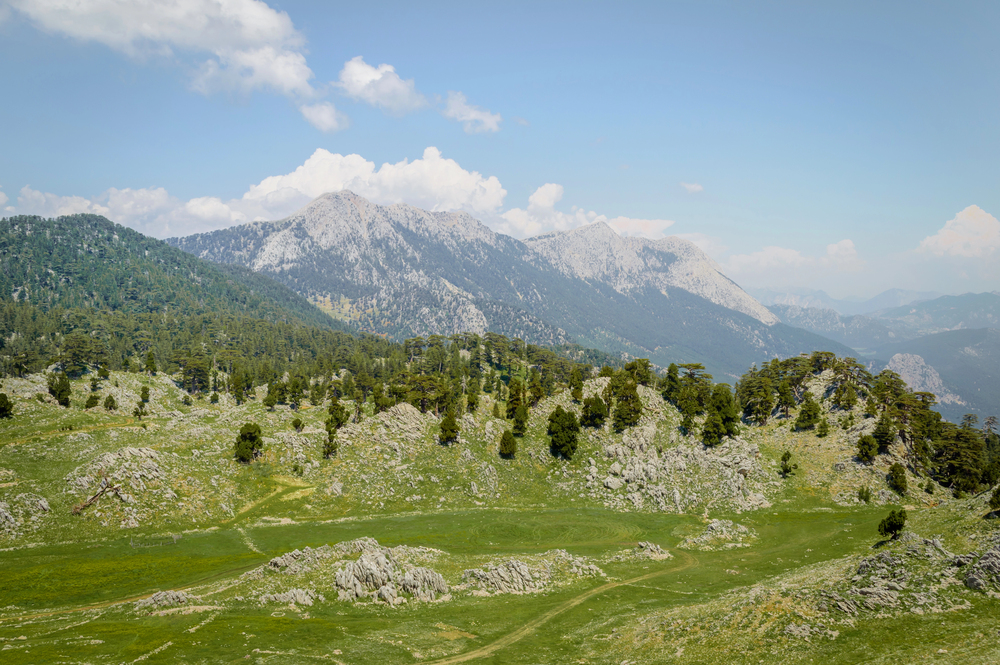
The Highlands reward careful preparation and respectful exploration with unforgettable experiences. Your journey through this ancient landscape will reveal spectacular views and a deeper connection to Scotland’s wild heart.
Remember that every visitor becomes part of the ongoing Highland story. The wisdom of the Highlands, earned through careful observation and respect, will stay with you long after your return home.
More from Travel Pug

- 15 Dangerous European Cities to Avoid
- 15 Caribbean Islands Where Tourists Keep Getting Scammed
- The 20 Most Fascinating Abandoned Places: A Journey Through Time and Forgotten Spaces
- 15 Hidden Places in the Smithsonian Museums Locals Love: A Guide to Lesser-Known Treasures
- 16 Hidden Florida Beach Towns That Aren’t Overrun with Tourists
Like Travel Pug’s content? Follow us on MSN.
